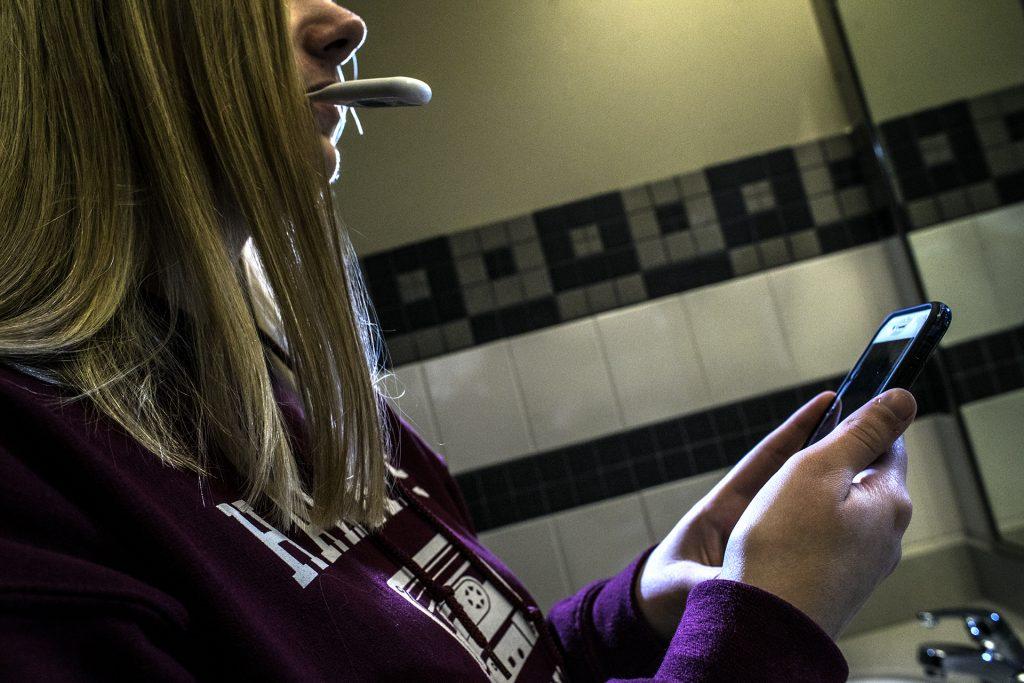Forecasting influenza activity is something medical professionals have long worked on, and University of Iowa researchers may have made it possible.
According to a recent study, data from a “smart thermometer” connected to a smartphone can predict real-time flu activity. The data will help medical establishments prepare and respond effectively to the spread of the flu epidemic.
“We wanted to use the data recorded by these smart thermometers in predicting real-time influenza activity,” said Aaron Miller, the author of the study and postdoctoral research scholar in the Computer Science Department.
The smart thermometers used are created by Kinsa, a San Francisco company. They come in two varieties — one that could be connected to a smartphone via Bluetooth and one that could be connected to a smartphone through its earphone jack, Miller said.
Readings from these smart thermometers are then collected, he said. Users may remain anonymous or enter details such as age and sex.
“The nice thing about these smart thermometers is that everything remains end-to-end encrypted and users can remain completely anonymous,” he said.
Users’ temperature data recorded from 2015 by Kinsa thermometers was used was used for the study, Miller said.
“Something unique to this study is that we can not only guess when influenza activity would occur but also learn about the features of it,” he said.
Clinicians can get a better sense of what medicines are needed and how many staff members they need, Miller said.
RELATED: Flu season starts off rough in Iowa
“Being able to predict influenza activity is important for a number of reasons,” said Alicia Gerke, an assistant professor of internal medicine. “Hospitals and clinics can increase the number of doctors and nurses and get ready to accommodate more patients by rearranging beds. Also, we can identify patients that are at risk and prepare them better.”
The study is beneficial to the community as a whole, Gerke said. Public-health officials can educate people, set up informational campaigns, and make vaccines easily available.
“This is a novel study and a pioneering [one] to use digital technology [to make such a discovery],” she said.
It is advantageous to the overall health of the community, Gerke said. When symptoms are seen, they can be cured and the flu can be avoided.
“Communities can be prepared for potential flu breakouts, if they could be forecast,” said Alejandro Comellas, a professor of internal medicine.
It is the first study that uses temperature to predict fever, which is a symptom of influenza, Comellas said.
Data from the thermometer can also provide information that can predict which age bracket is most prone to influenza, Miller said.
“We are very excited about this study working to predict influenza activity, and identify areas and individuals that are showing symptoms,” Comellas said.



